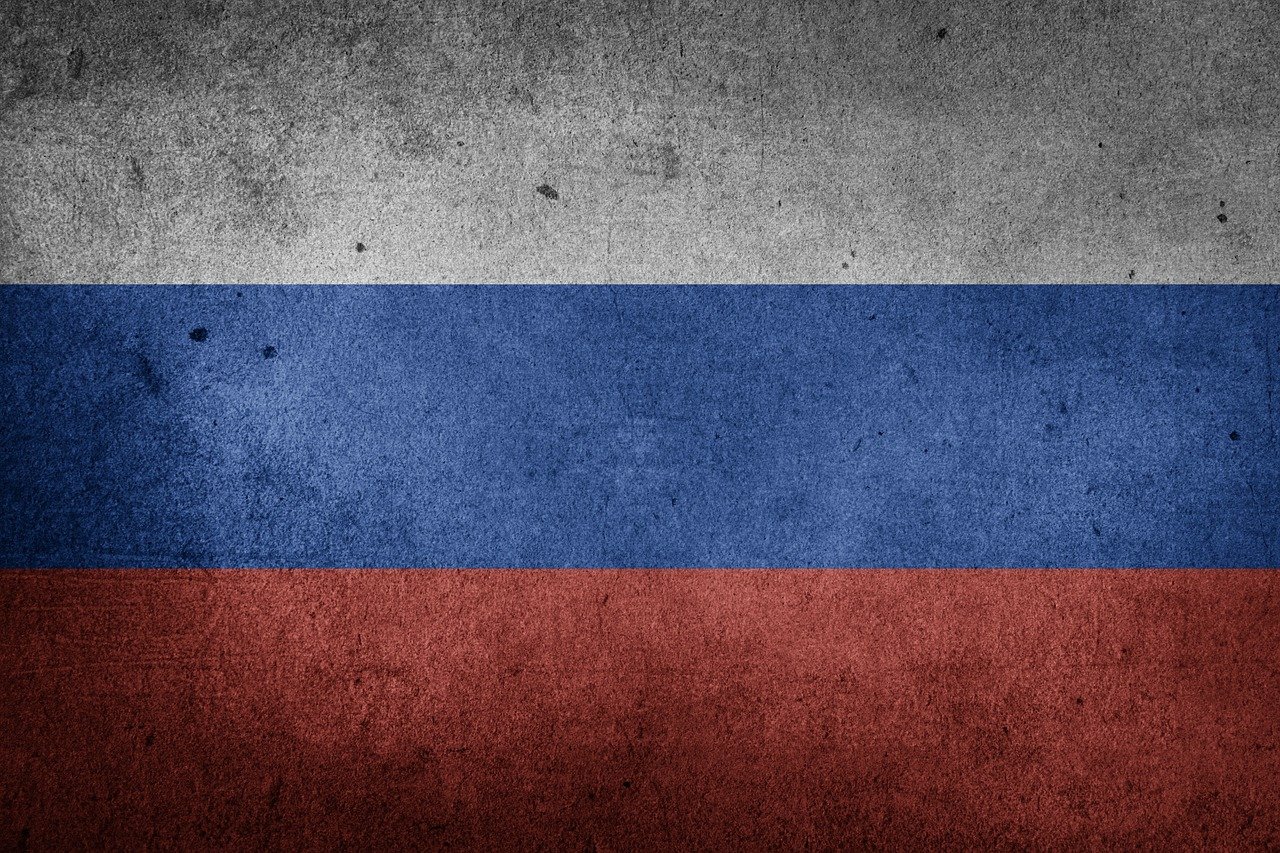News
The Russian draft isn’t likely to help Vladimir Putin win the war in Ukraine

Russian military spending has increased since Putin came to power as its armed forces were rearmed and reorganized. (Pixabay photo)
Russia’s mobilization of 300,000 reservists to fight in Ukraine, coupled with Vladimir Putin’s annexation of territory he does not control, has renewed speculation about the outcome of the Russian invasion.
But far from a decisive move, this partial mobilization is unlikely to change matters on the ground — and that might be Putin’s goal.
The war’s impact on Russian forces means new troops are unlikely to turn the tide in eastern Ukraine. As the war grinds on, the already low level of morale among Russia troops will drop further. Recent strikes aimed at civilians across Ukraine, including in Kyiv, may attest to this as Russia seeks ways to alter the political situation given its inability to make gains against Ukrainian forces.
Understanding the effect of the mobilization requires a bit of background in the organization of the Russian military.
NATO as a national security threat
As Putin has repeatedly stated, Russia believes that its national security requires the capacity meet NATO on the battlefield. But keeping enough troops permanently trained, fed and equipped to fight NATO simply costs too much.
This is partly because of what it takes to be competitive on the modern battlefield. Modern weapons are incredibly complex pieces of technology requiring highly trained personnel and robust forms of support. This doesn’t come cheap.
Russian military spending has increased since Putin came to power as its armed forces were rearmed and reorganized. The payoff, it seemed, was clear in Russia’s annexation of Crimea in 2014 and its decisive role in propping up Bashar Assad’s regime in Syria.
But the result has been a confusing picture of potential Russian military effectiveness.
That’s largely because Russia organized its military around the principle of partial mobilization, but that isn’t how it was used during the initial phase of the war in Ukraine.
The Russian military is designed around the idea that in the event of war with NATO, professional units — with advanced weapons and the skills to use them — are fleshed out and supported by large numbers of newly mobilized individuals. Military service is mandatory for young Russian men aged 18 to 27.
When Russia invaded Ukraine, however, it did not mobilize its population. Instead, only professional units were used, with Rosgvardia (Russian National Guard) and conscripts undertaking their mandatory military service, employed to try and make up the difference. Until now.
Heavy losses
Current Russian retreats show the war has wreaked havoc on professional units.
The Ukrainian military clearly developed a detailed plan to confront a Russian invasion that allowed them to inflict heavy losses. This involved using small groups, armed with advanced anti-tank weapons like the American Javelin and British NLAW rockets, to harass Russian forces. Russia’s logistical challenges exacerbated this, leading to bottlenecks and poor organization that only made Ukraine more successful.
Now Russian forces lack basic military equipment. Russia’s professional military — the backbone of its capacity to mobilize — has been heavily degraded.
Adding 300,000 soldiers will only worsen this problem. Putin’s declaration of a partial mobilization has had an extremely damaging effect on Russian society, illustrated by Russian males fleeing the country and increasing criticism of the war by those who were once supportive.
In Ukraine, the gap between Russian and Ukrainian forces is closing thanks to NATO assistance. Though Russia retains far more military hardware than Ukraine, its ability to use it — which is what ultimately matters — has been depleted. The recent Ukrainian counterattack against Russian forces in Izium demonstrates the effect of this disparity.
Even so, Ukraine’s primary advantage is morale rather than hardware. The war has strengthened Ukrainian nationalism, giving its soldiers a genuine feeling of fighting for liberation. Russian forces, on the other hand, face the reality of fighting an unsuccessful war of aggression against people many regard as being just like them.
Morale gulf
As Russia introduces 300,000 reservists who are not happy to be in the armed forces in the first place, the morale gulf between the Russian and Ukraine forces will become more pronounced.
Ukraine’s advances along with this new influx of Russian troops may mean the war is headed to a stalemate. Russia is not really signalling a desire to leave, especially since it doesn’t control the areas it’s annexed. This gives Putin a reason to justify continuing the war to the Russian public.
Furthermore, recent indiscriminate attacks across Ukraine seem designed to silence critical voices at home rather than change the military situation on the ground. But as Ukraine advances, Russian forces get closer to their sources of supply as they concentrate on the Russia-Ukraine border.
This will actually relax some organizational problems for Russia, and the newly mobilized forces may halt Ukraine’s advance simply by being there. This would leave the war suspended or “frozen”, just as the conflict was in eastern Ukraine from 2014 through to 2022.
What that will mean in the long term is not clear. But right now, it’s unlikely an influx of reluctant Russian troops will drastically change the outcome of the war.![]()
Jack Adam MacLennan, Assistant Professor of Political Science and Graduate Program Director for National Security Studies, Park University and James Horncastle, Assistant Professor and Edward and Emily McWhinney Professor in International Relations, Simon Fraser University
This article is republished from The Conversation under a Creative Commons license. Read the original article.





















